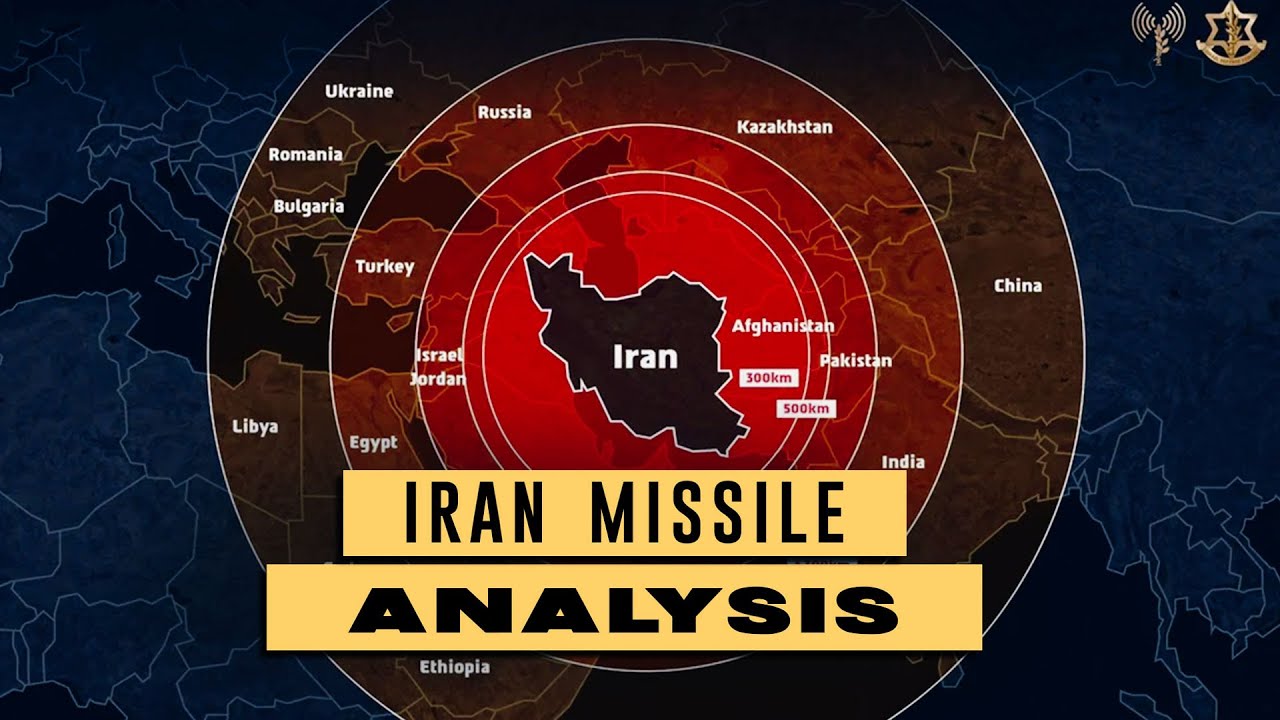The
recent missile exchange between Israel and Iran
has marked a critical turning point in Middle Eastern security dynamics. On
June 13, 2025
, Israel launched
Operation Rising Lion
, targeting Iranian
nuclear and missile infrastructure
at
Natanz
,
Fordo
, and
Isfahan
, eliminating senior figures in the
Islamic Revolutionary Guard Corps (IRGC)
. Iran’s
swift retaliation
—
Operation True Promise 3
—saw nearly
100 ballistic missiles
and over
100 drones
launched at Israel, with
11 civilians killed
and
more than 200 injured
, despite most threats being intercepted.
This exchange underscores the
formidable growth of Iran’s missile capabilities
, emphasizing a shift from traditional deterrence to
modernized, decentralized, and high-velocity strike potential
. With
mobile launchers
,
hardened underground silos
, and
hypersonic weapons
like the
Fatah-1
and
Qasem Basir
, Iran has significantly shortened the response window for interceptors, challenging the effectiveness of both
Israeli and American missile defenses
.
Support kami, ada hadiah spesial untuk anda.
Klik di sini: https://indonesiacrowd.com/support-bonus/
A Game-Changing Arsenal
The
Qasem Basir
, equipped with a
500kg warhead
,
electro-optical terminal guidance
, and a
maneuverable reentry vehicle
, presents a credible threat even to high-end defense systems. This missile evolution enhances
Iran’s operational capabilities
and extends the
reach of its deterrent power
to not only Israel but potentially parts of
southeastern Europe
.
The rising threat of these
high-speed, precision missiles
disrupts the long-standing assumptions that underpin
Israel’s Iron Dome and David’s Sling systems
, while also
complicating US deterrence planning
. Even a
small number of successful strikes
could have an
outsized strategic impact
, deterring future Israeli operations and shifting the regional balance of power.
Implications for Regional and Global Security
The
compressed reaction times
of
hypersonic threats
place
immense pressure on decision-makers
, increasing the risk of
miscalculation
or
rapid escalation
, especially if
US assets are drawn into the fray
. As a result, both Israel and its allies are
racing to enhance missile defense systems
, while Iran continues to
refine its offensive capabilities
, likely developing
new variants and penetration aids
.
Support us — there's a special gift for you.
Click here: https://indonesiacrowd.com/support-bonus/
The broader regional implications include a strengthened
anti-access/area-denial (A2/AD) strategy
by Iran across the
Gulf and the Strait of Hormuz
, threatening
US naval assets
and
logistical infrastructure
. This forces adversaries to operate at greater distances,
reshaping the naval calculus
in the region.
A Fading Hope for Diplomacy
Despite the
escalating danger
, prospects for
arms control or missile limitation diplomacy
remain bleak. With
confidence-building measures
such as
range caps
,
data-sharing
, and
transparency in testing
off the table, the Middle East appears headed toward a prolonged
missile arms race
, unless broader
security guarantees
are negotiated.
In the end, this confrontation has laid bare the urgent need for
renewed diplomatic efforts
,
strategic restraint
, and
regional dialogue
. Without such engagement, future crises will likely play out on compressed timelines, with
catastrophic potential
and
minimal room for error
.







